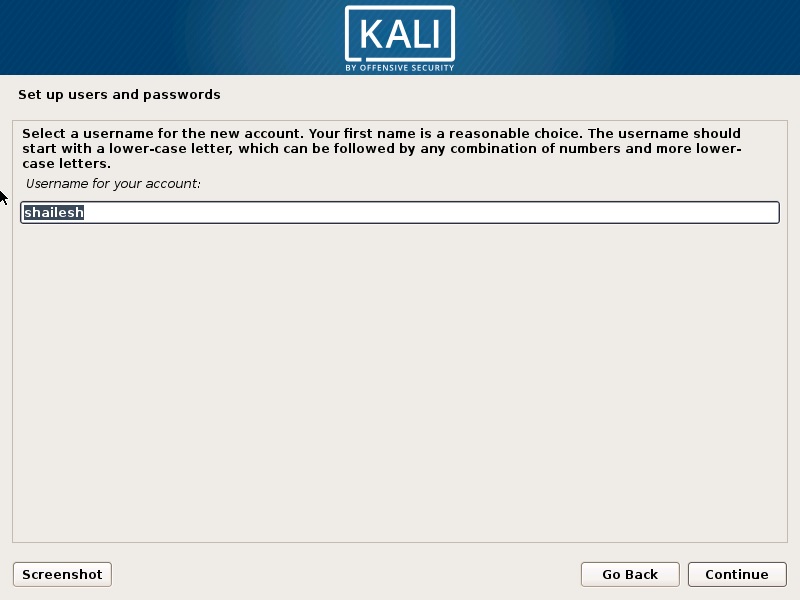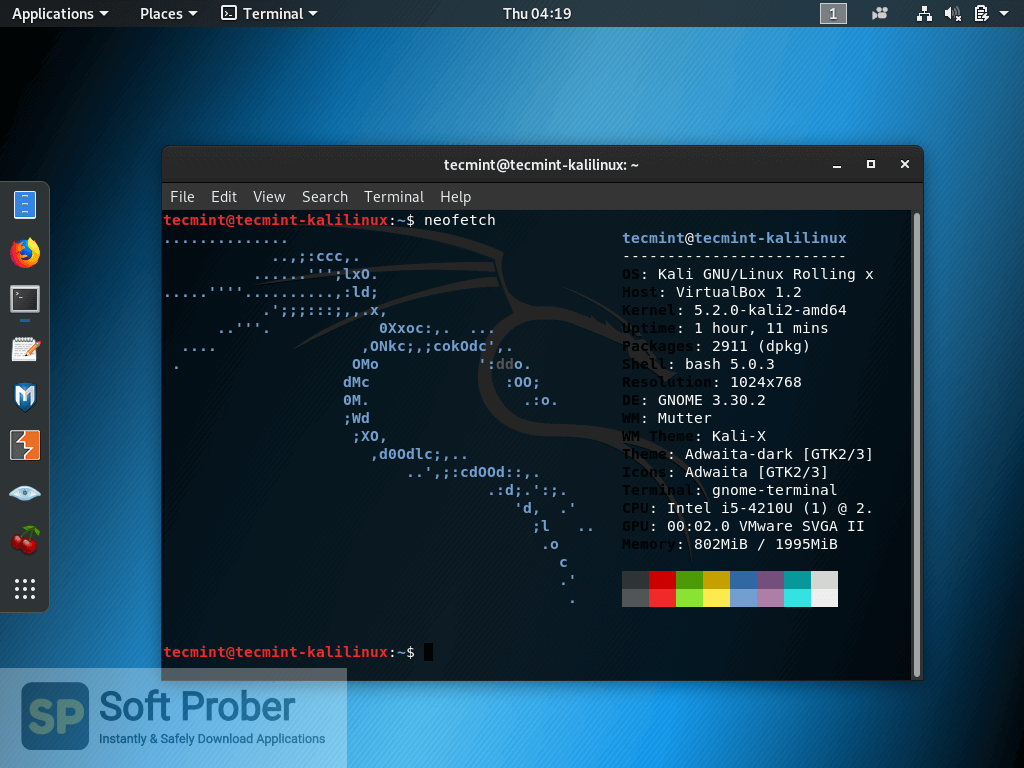


Refer to the following article for details:Įnable Bash on Ubuntu in Windows 10 Fall Creators Update WSL stands for Windows Subsystem for Linux, which initially, was limited to Ubuntu only. These can be enabled via the Windows GUI or by running the following commands in an elevated prompt.The ability to run Linux natively in Windows 10 is provided by the WSL feature.

The following windows features must be enabled to run WSL 2.0 The examples below are from a system running Windows Insider build 1.1. PrerequisitesĪt the time of writing this blog post you must run Windows 10 build 18917 or higher, which means that you need to be at least on the slow ring of the Windows Insiders builds. Now let me be honest here all the information described below does already exist across various websites and forums, the primary objective of this blog post is to put it all in one place to provide others and myself with all the necessary instructions to get kali linux up and running in WSL 2.0 and use RDP to connect to the kali desktop. What’s nice about running kali in WSL is that you get easy and quick access to linux tools without having to setup and start a complete virtual machine.īut what if you want to run a tool with a GUI? Well with a few tricks that works as well.

Since Microsoft introduced WSL ( Windows Subsystem for Linux) I’ve been playing with it occasionally, in the beginning however some of the tools I wanted to use like nmap and hping3 would not work due to issues with networking in WSL 1.0, however with WSL 2.0 these issues seem to be resolved so gave it another try earlier this year in June and all worked as expected.


 0 kommentar(er)
0 kommentar(er)
